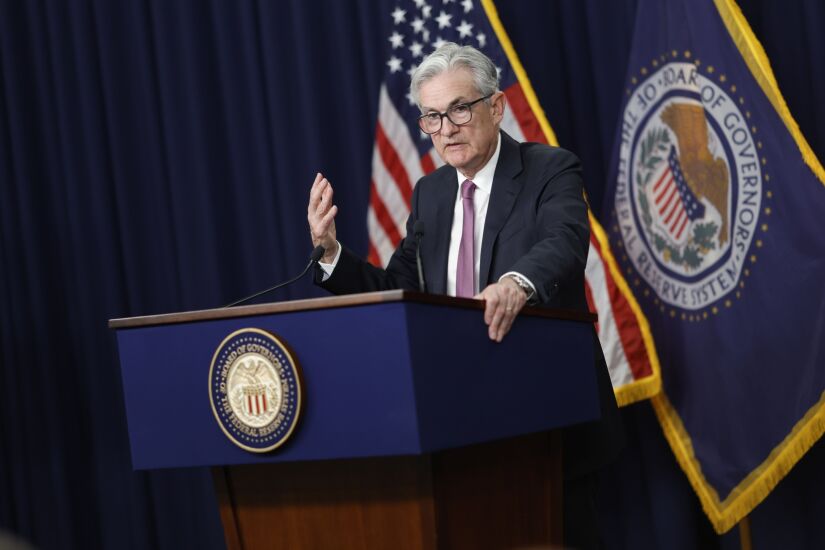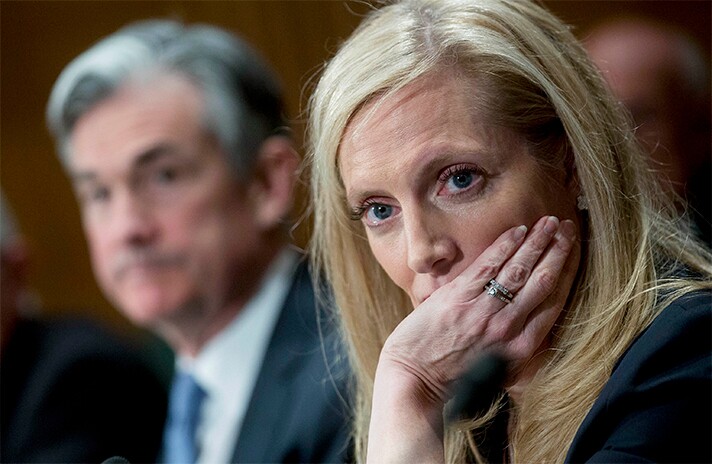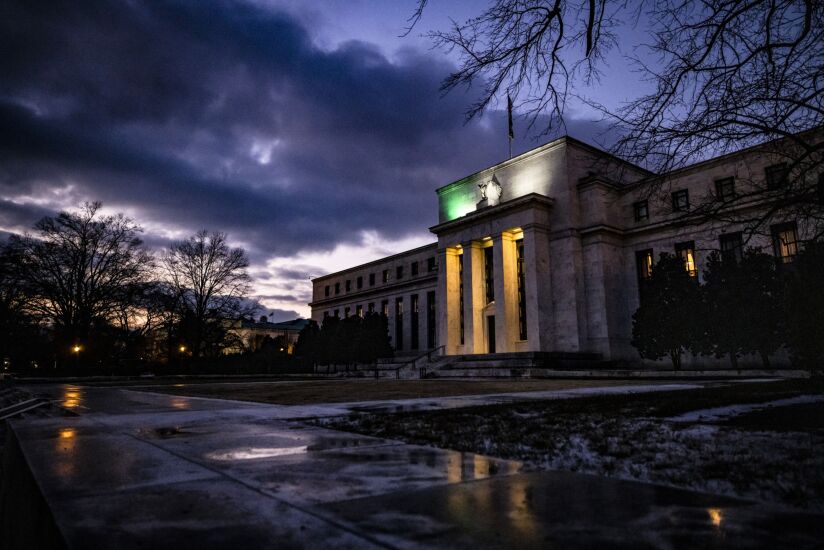If
The Fed's Federal Open Market Committee hiked interest rates during seven consecutive meetings this year between March and December, bringing its benchmark rate from 0.25% to 4.5%, the most rapid tightening campaign executed by the central bank since the 1980s.
Typically, the Fed only adjusts its interest rate by a quarter of a percentage point at a time. This year, six of its seven hikes were 50 basis points or more, including four straight 75-basis point jumps.
On four different occasions, Chair Jerome Powell used his post-meeting remarks to highlight the importance of the Fed "moving expeditiously" to temper demand and rein in inflation.
In its final meeting of the year, the FOMC let off the gas slightly, opting to increase by only half a percentage point, with Powell saying he expects fewer steep hikes would be necessary in the year ahead. Of course, he noted, that is subject to change depending on economic conditions.
What follows is a review of the actions taken by the FOMC at each of its final seven meetings of 2022.













